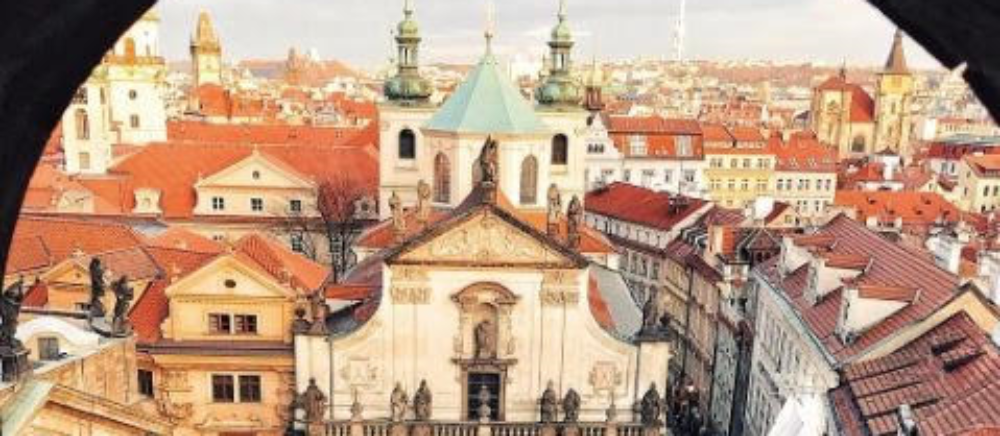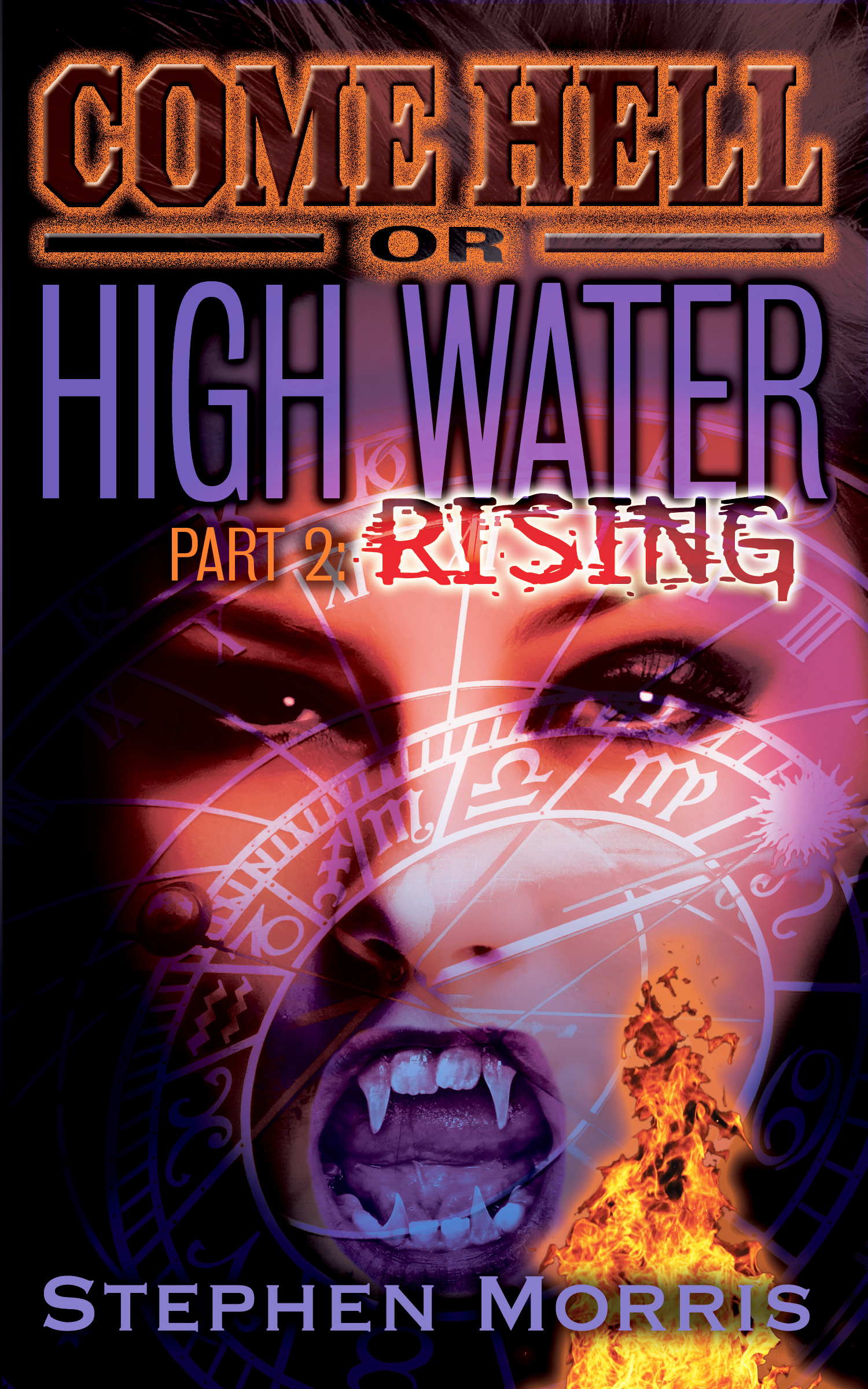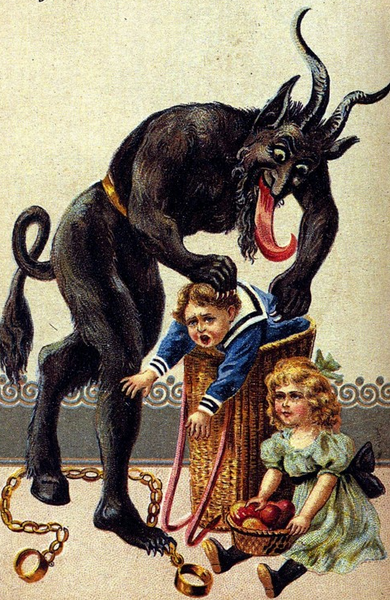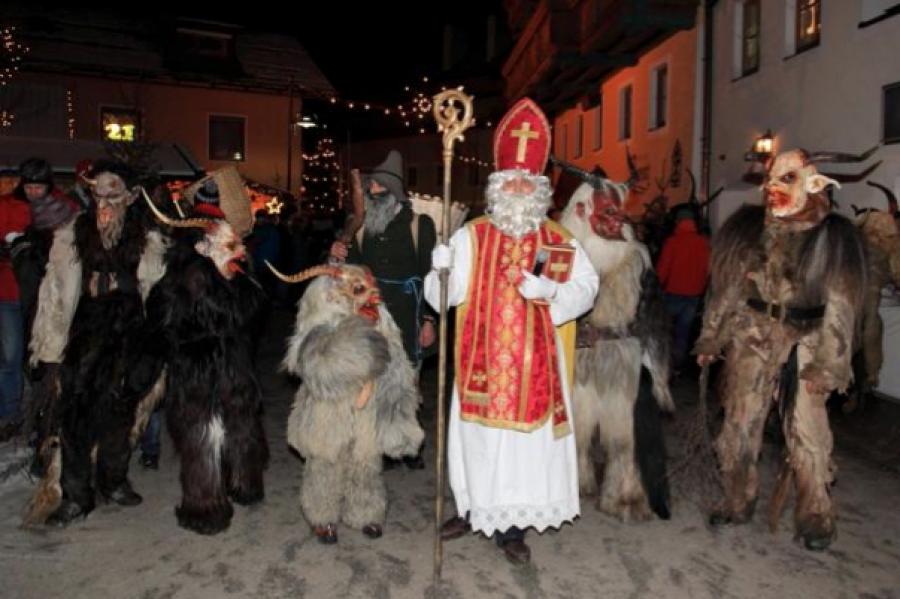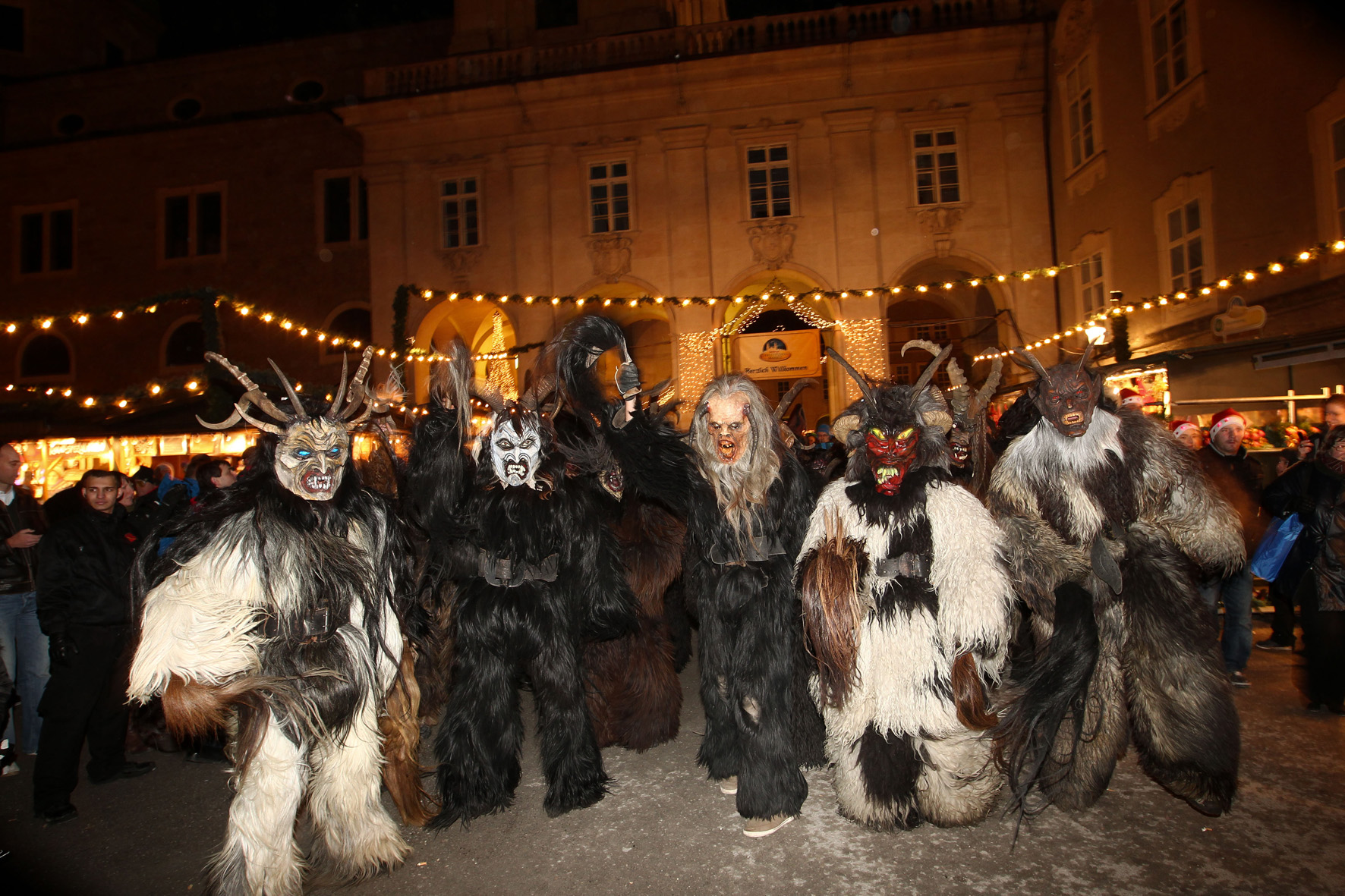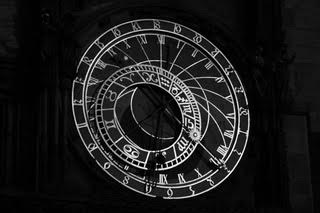
Evil and black magic lurk in the shadows of Prague beneath The Astronomical Clock on the Old Town Square. (photo by Joseph O’Neill, 2016)
What Do I Write?
What do the COME HELL OR HIGH WATER trilogy and the STORM WOLF novel have in common? They are supernatural/fantasy thrillers that straddle timelines and cultures.
The Come Hell or High Water trilogy alternates between 1350s Prague and contemporary Prague. A witch curses the city in the 1350s and the curse is reawakened in the modern city; the curse works its way through the life of the town in both time periods as a handful of people in each period race to stop it before Prague is destroyed.
Storm Wolf follows the adventures of Alexei, the last werewolf in 1880s Estonia who is driven to become a killer and frantically searches throughout Estonia, Latvia, Lithuania, Poland, and Bohemia for a sorcerer who can save him from the wolf-magic.
All the fantastic or magickal aspects of my novels are based on authentic medieval and Renaissance occult beliefs or practices; these are the real deal! (You can use them as recipe books, if you want. This is what people actually did if they wanted to use the supernatural to achieve their goals.) The books also incorporate local legends and history so that you get a taste of what it was really like in Central Europe or the Baltic States in the Middle Ages, the late 19th century, or now.
I’m currently working on Earth to Earth, Ashes to Ashes which is a novel about an Irish female vampire and the ghost of a witch who have kidnapped three high school boys from Waterford in August, 2002; their uncle, a professor of Irish folklore, and a graduate student try to rescue them from the vampire and the witch before they are lost forever in the Otherworld.
You can subscribe to my email list to get seasonal reading suggestions (who doesn’t need a good book for the beach? Or to curl up with in the winter as the snow falls outside?) as well as hear about my upcoming projects. See the spot over to the right? Where it says “Newsletter” and “Subscribe?” Just type your email in the box there and click “Subscribe.” Thank you for keeping in touch!
Now, you can HOP to the next blog on the tour! Or here.
Step #5 – Be sure you mark your calendar! As a Blog Hop participant, you will be responsible for checking your link and the Blog Hop once it is live to confirm it works.
The goal is to create a kind of “daisy chain” that readers can follow from site to site to B2BCyCon.com to site.

